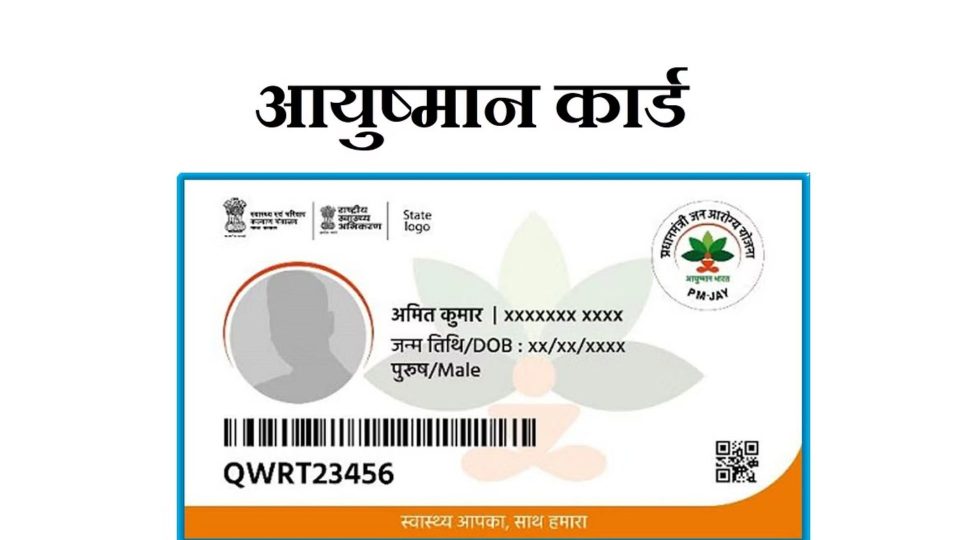The Public Provident Fund (PPF), often known as the Provident Fund (PF), is a well-liked option for many people looking to save taxes and ensure long-term financial stability. PPF offers a safe investment with support from the government, and selecting between the old and new tax regimes establishes one’s actual legal tax benefits.
The Provident Fund (PF) is an employee savings program. Regular contributions to this fund are made by both the employers and the employees to guarantee retirement income.
Along with the employer’s contribution, a portion of the employee’s pay is deposited into the PF account, which increases over time with interest. This money can be used for emergencies, schooling, or special requirements like purchasing a home after retirement.
Types Of PF
Employees’ Provident Fund (EPF) for workers in the organized sector and Public Provident Fund (PPF) for all employees are the two types of Provident Funds (PFs) available in India.
Benefits Of Provident Fund (PF)
1. Compounding Benefit
After 15 years of yearly contributions to a PF account with an average interest rate of 7.6%, one can accumulate a sizeable corpus of about Rs 42.5 lakh. There is no danger involved and the compounding impact is obvious.
2. Flexibility
After the first 15 years, PF provides flexibility by permitting limitless extensions in 5-year chunks. Investors can choose to make yearly partial withdrawals in addition to fresh contributions, which increases the PPF’s flexibility as a long-term savings option.
3. Low-Risk High Returns
Even while PPF offers stability, investors seeking greater inflation-adjusted returns for their long-term objectives might choose to look into equity exposure via products like Equity Linked Saving Schemes (ELSS). A well-rounded and strategic approach to long-term savings and investing may be achieved by balancing both PPF and stocks in your portfolio. This can provide stability and the possibility of better returns.
4. Tax Benefits
The provident fund delivers extensive tax benefits throughout the investment’s life cycle and adheres to the exempt-exempt-exempt (EEE) paradigm. Section 80C provides tax exemptions for both the yearly interest and the maturity corpus, making PPF one of the few products with such broad tax advantages.
Investing in PPF under section 80C of the Income-tax Act might provide tax advantages under the previous tax system. The interest rates are now 7.1% from January to March 2024 and are based on government securities. They are revised quarterly. A minimum yearly investment of Rs. 500 and a maximum deposit of Rs. 1.5 lakh are needed to maintain the activity of your PPF account in a given financial year.




